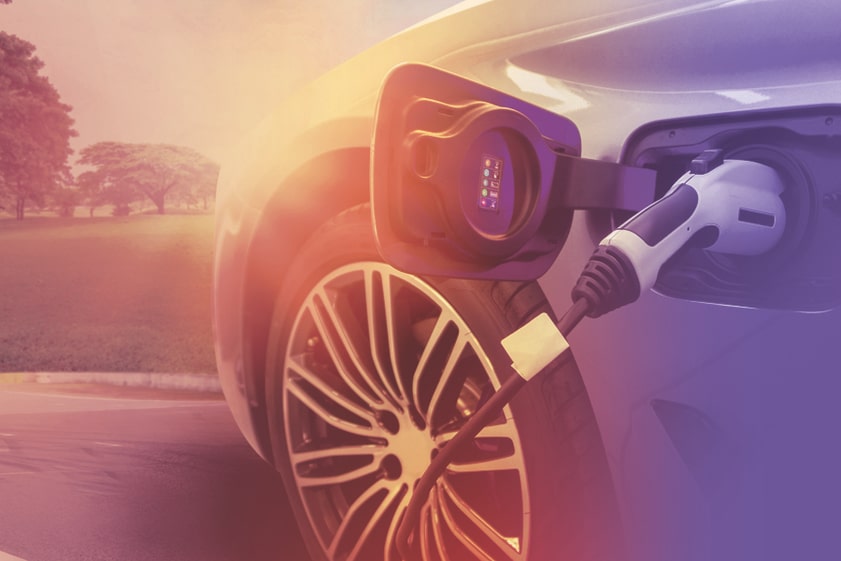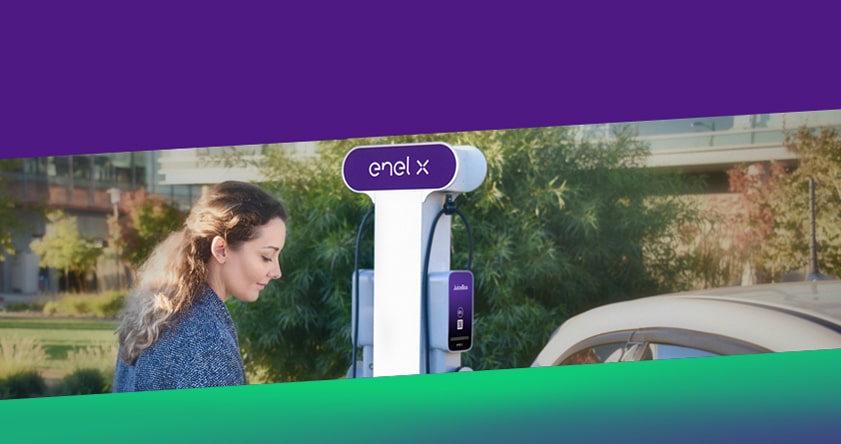8 Ways EV Charging Can Have a Positive Impact on Your Community

Every year, the International Energy Agency (IEA) publishes its “Global EV Outlook”, the goal of which is to communicate the big picture of the current electric vehicle market. During the past several years the IEA report has made clear the vital importance of individual communities in the global shift to EVs.
What many, including the IEA, have concluded is that EV adoption—and its environmental and economic benefits—are primarily driven by the practices and policies of cities and local jurisdictions who are responsible for installing EV charging infrastructure. With the shift to clean energy in full swing, it’s important to understand why your community will want to install electric car charging stations and promote the purchases of zero-emission vehicles. Here are at least eight ways EV charging can have a positive impact on your community.
1. Clean air commitment
As the California Air Resources Board documents, nearly 50 percent of California’s total smog comes from motor vehicles. Exhaust from gas- and diesel-powered cars contains a mix of dangerous gases and chemicals. The bottom line: Air pollution is harmful to human health. Communities can take a decisive step toward cleaner air by shifting as much local driving as possible to zero-emission electric vehicles.
“When you have an electric vehicle with no tailpipe emissions, you’re removing a wide range of contaminants—from nitrogen oxides to fine particulate matter—from the near-road environment and shifting them to power plants. The net effect remains a large improvement in air quality,” said Marianne Hatzopoulou, an associate professor of civil and mineral engineering at the University of Toronto.
2. Lower cost of driving for your community
Study after study shows that EVs are cheaper to fuel and maintain than gas cars. For example, the Union of Concerned Scientists analyzed the cost to refuel gas versus electric vehicles in 50 states in the US. The group determined that an EV driver, on average, saves $770 a year compared to conventional combustion cars. The American Automobile Association compared maintenance as well as fuel costs. AAA pegs the savings on fuel at $709 per year—with reduced maintenance bringing another $330 in savings. When a community supports EVs and charging, it’s an economic boon for its residents and businesses.
3. EVs pave the way to other forms of clean transportation
Electric cars are one facet of a broader trend in mobility. Our vehicles will not only become increasingly electric, they will be automated, connected and shared. Transportation planners see great promise for reduced emissions, congestion and accidents when all of these innovations are put in play.
It’s no longer assumed that every adult will drive solo in their combustion car. We can share cars and rides. So-called micro-mobility, e-scooters, e-bikes, and electric mopeds—can provide last-mile solutions. Connected electric vehicles also generate data that can be used by planners to help reconfigure streets and parking. Smart EV charging stations are the beginning of a major change. That can be followed by giving more roadway real estate over to bicycle lanes, pedestrians, and green spaces.
4. Electric vehicles support environmental justice
People living near highways and trucking routes suffer significant health impact from transportation pollution. Research has shown increased risk of asthma for children living within 246 feet of a highway. Vehicle emissions not only impact health and quality of life but it also affects nearby communities by causing traffic congestion, safety issues, pavement damage, noise, and indoor air and outdoor pollution.
There is also the additional economic strain on drivers who must regularly fill their gas tanks. Lower-income drivers are less likely to afford a newer, low emissions vehicle and instead are stuck paying a significant percentage of their income household budgets. The typical household spends almost $1,330 per year on gas, which is almost 9 percent of household income for lower-income households.
Electric vehicles with low fuel costs, quiet engines, and no tailpipe emissions are part of the solution. Many states offer enhanced incentives for those with lower-incomes, allowing them to purchase an EV and charging station.
5. EV charging increases property value
A 2020 National Multifamily Housing Council revealed that nearly three-quarters of apartment renters are either “interested or would not rent without” green amenities. Installing EV charging in condos and other multi-family dwellings will enhance the property’s appeal to the growing demographic of electric-car drivers.
Many states have “Right to Charge” laws that mandate a minimum number of EV charge ports be installed in parking areas of multi-use dwellings. Housing, shopping, and business properties that don’t conform will become less desirable and valuable. Those that take a stand for sustainable transportation will increase in value and be seen as environmental stewards. A 2019 study by Realtor.com revealed that zip codes with the most EV charging stations parking lots have median listing prices that are 2.6 times higher than the rest of the country.
6. EVs help your community achieve climate change goals
As the saying goes, all politics are local. While the impacts of global warming—rising sea levels, droughts, hurricanes, etc.—are massive and widespread, local communities around the world are playing a role in mitigating the potential damage. Cities, big and small, are developing sustainability roadmaps. These plans include increased use of renewables, limiting water use, and a wholesale shift to electric vehicles for municipal fleets. Some cities have already established dates for when gas- and diesel-powered cars will be banned—and for when city buses and ride-share companies must be purely electric.
7. Electric vehicles and smart charging help create a resilient local grid
Cleantechnica, an energy publication, reports that nearly 40 percent of EV drivers have rooftop solar. When drivers plug into a home using solar panels, they are essentially driving on sunshine.
Green urban planners are considering how EV charging stations can be a part of a community microgrid. They are looking at setups like the Marcus Garvey Village, a 625-unit apartment complex in Brooklyn, NY. It combines a 400-kW photovoltaic solar power system, 300-kW/1.2-MWh energy storage, and a 400-kW fuel cell developed by Enel X.
Projects like the Marcus Garvey Village, that combine solar + storage can also benefit from smart EV charging. EV charging has already become an integral part of a community’s energy infrastructure through demand response events to help during grid emergency events, like recent rolling blackouts in California. And when V2G arrives, EVs will become an even more important tool for grid resiliency—when they are valued for storing energy produced by renewable energy when solar and wind are abundant and providing it back to buildings and the grid when it’s needed, including during power outages.
8. EV communities get great PR
Not every community benefit from EVs can be quantified. Many leaders support EVs because they believe it’s the right thing to do. But any business or politician that backs improvements to the local environment will get a bonus from media and word-of-mouth communications. EV drivers automatically appreciate and feel at home in communities with charging at shopping centers, city lots, and municipal buildings. Communities offering green amenities then become preferred places to live, visit, and shop.
How your community can take the first step
Communities that want to introduce or expand EV charging don’t have to reinvent the wheel. There are well-established roadmaps for pro-EV building policies, perks (like preferred parking), and methodologies for choosing the right solution. It’s critical to work with best-in-class providers of smart- charging solutions.
Here are a few helpful resources for bringing EV charging to your community:
• Why Smart Cities are the Key to Widespread EV Adoption
• Sustainable Urban Planning Has a Powerful New Tool: Electric Vehicles
• Why Smart City Planners Should Consider EV Charging Stations
• The Ultimate Guide to Electric Vehicle Public Charging Pricing



